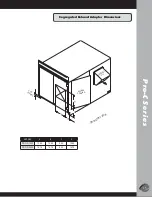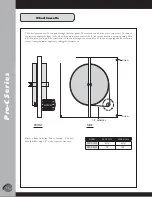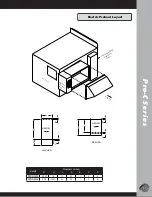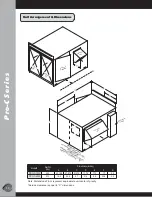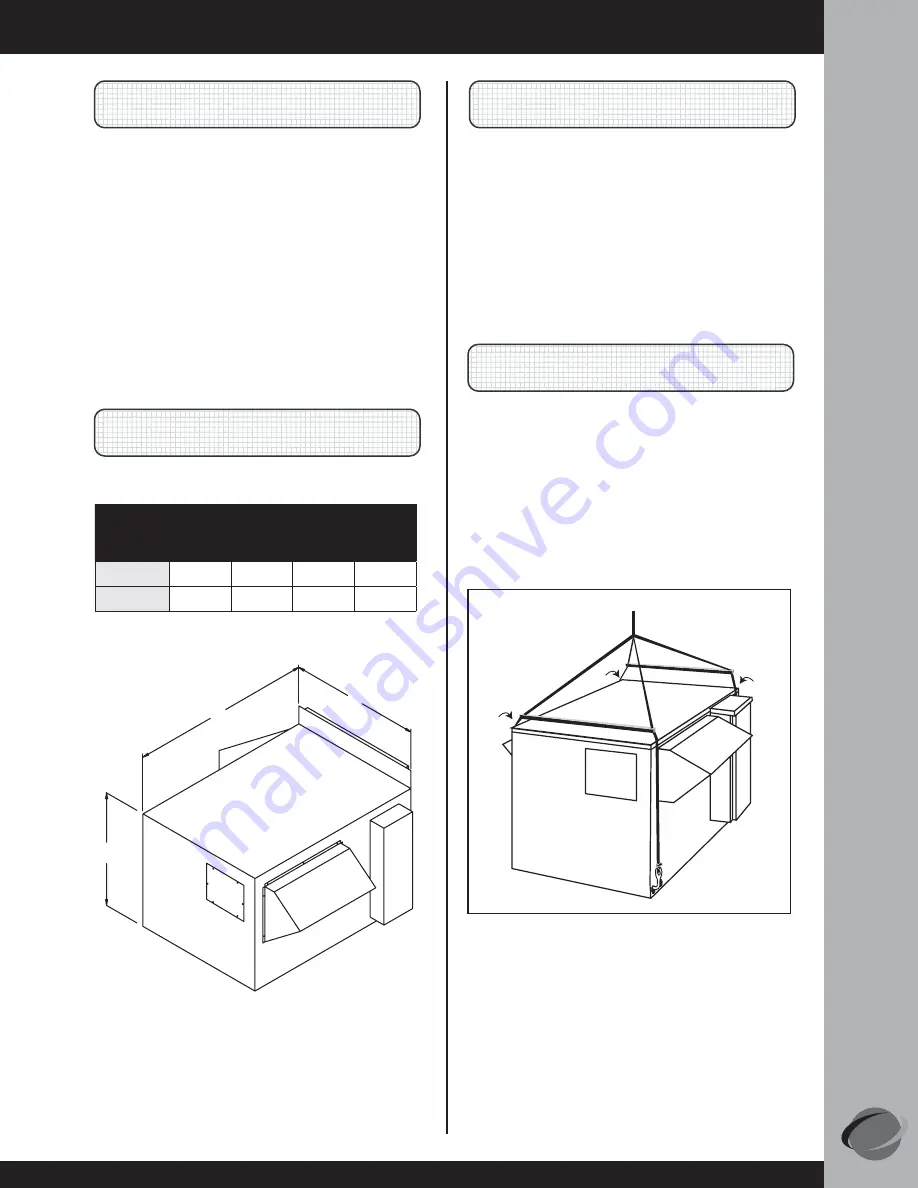
Pr
o
-
C
Series
3
Receiving & Inspection
Upon delivery, confi rm that the quantity and model(s)
received matches the Bill of Lading. If there is any
discrepancy, immediately notify ERV Systems.
Inspect the skidded PRO-C(s) for signs of damage. If
damage is suspected, sign the Bill of Lading “damaged.” If
no visible damage is apparent, the unit should be properly
lifted and stored until installation.
While skidded, the PRO-C can be lifted by a forklift
using the skid. Once removed from the skid, lifting must
only be performed with spreader bars, cable and hooks. Do
not attempt to lift the PRO-C by grasping the hoods.
Storage
If the PRO-C is to be stored for any time before installation,
it must be protected from the weather. Indoor storage is
recommended. The unit has openings provided for ducting.
These openings make the internal equipment (motors,
belts, fans and insulation) vulnerable to inclement weather
conditions (prior to installation) and can cause standing
water to accumulate inside the enclosure. This is to be
absolutely avoided.
H
L
W
Table 1. Weights & Dimensions
Model
L
(in)
H
(in)
W
(in)
Net
Weight*
(lbs)
PRO-C-1000
47.86
30.19
31.38
350
PRO-C-2400
54.75
38.81
40.38
475
*The package weighs approximately 100 lbs. more than
the net weight.
Overall Dimensions
Lifting Technique
When rigging the PRO-C, spreader bars must be used.
Padding must be inserted between the straps and the unit
to avoid scratching the paint. Lifting holes are provided at
four points located on the base perimeter of the PRO-C
unit. The weight shown in Table 1 may be used as maximum
weight for rigging.
padding
padding
padding
NOTE:
Prior to starting unit:
1. Open access door
2. Remove loose parts shipped inside.
Figure 4. Correct lifting technique using spreader bars.

















